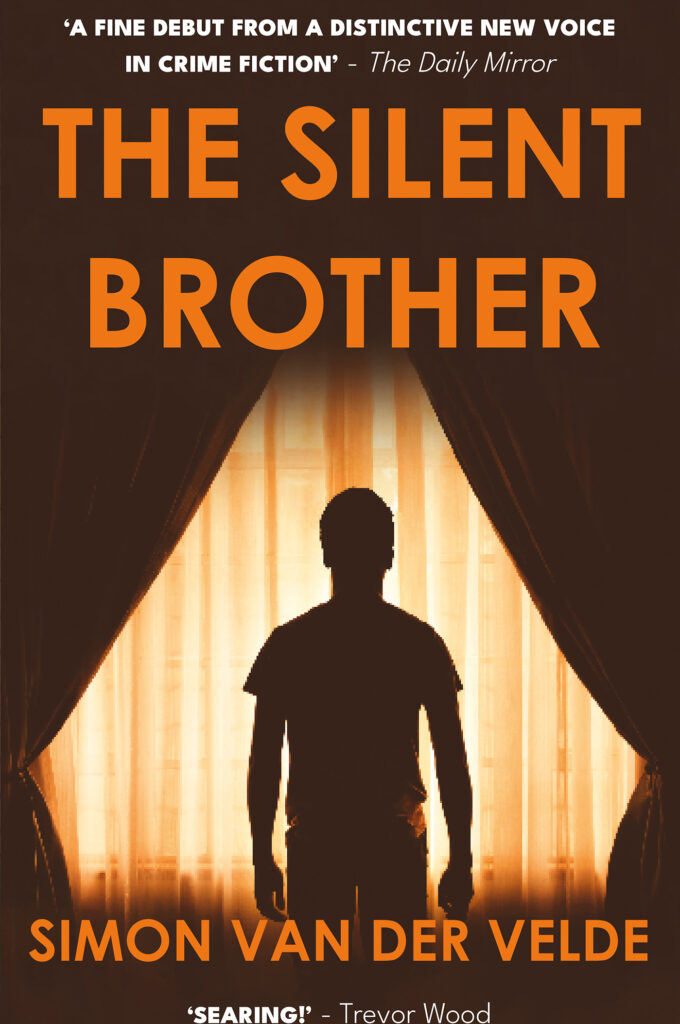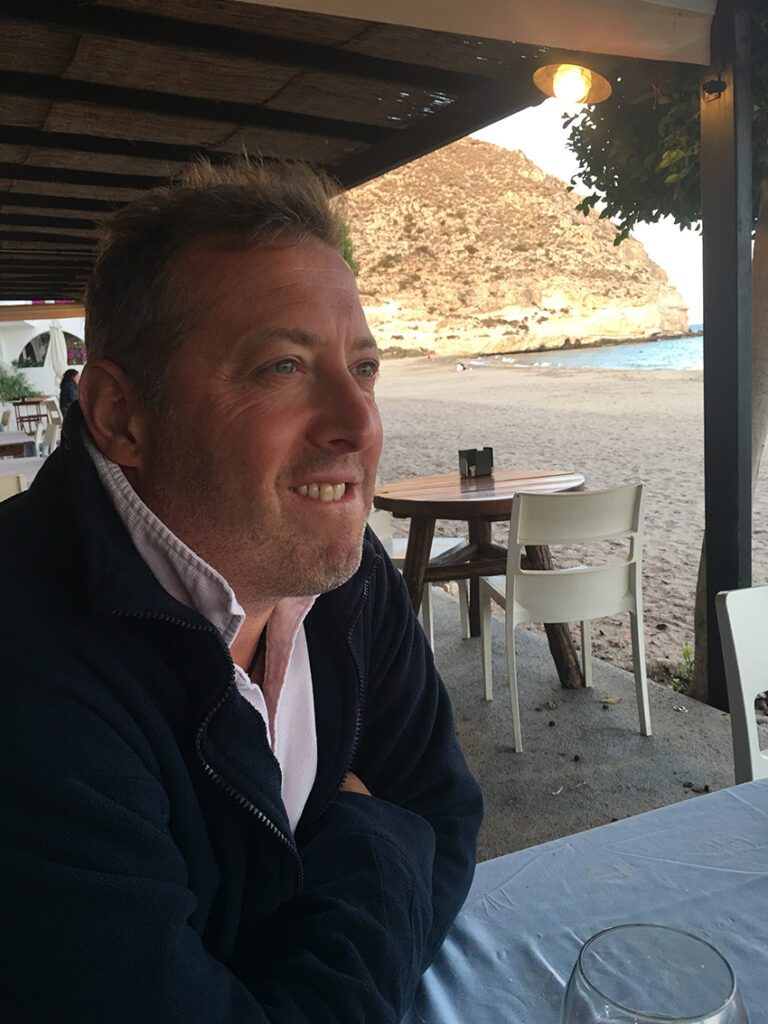Simon Van der Velde, The Silent Brother (2022)
Reviewed by Lee Horsley
Simon Van der Velde’s The Silent Brother is a powerfully written, deeply affecting coming of age story. It is dark, harrowing and often brutally, bone-crunchingly violent, but also throughout conveys the urgent need for loving bonds – none more important than that between Tommy Farrier and his younger brother Benjy.
When we first meet Tommy, he’s five years old, living with his little brother, his alcoholic mam and Daryl, his vicious step-dad. This first section of the novel gives us an intensely realised picture of the frightening, near-intolerable life of the young brothers, trying to cling on to one another and to the few things that give their lives meaning. When the social services step in to remove the boys from their abusive home, their mam makes them hide. In a heart-stopping scene, jammed together at the back of a large cupboard, they try desperately to be quiet:
“… he clings to the neck of my jarmas cos he knows…I want him to stay. So I can hold him. So his fear can make me stronger. He knows that I’m only a coward pretending to be brave and that I need him, like always. So he stays. Even when the voices are booming just outside…”
Though the terrified Benjy remains completely silent, Tommy himself inadvertently makes a sound that leads the authorities to their hiding place. It is Benjy rather than him who is discovered and dragged away, leaving Tommy tortured by acute guilt throughout the novel. The family, changing their name to Boyle, moves to Newcastle to evade the attentions of the social workers: “The van stops and we’re there, where The Social won’t find us, and I’m Tommy Boyle, age five-and-a-half, and I don’t have a brother and I never did.” Even Daryl’s worst threats, however, can’t erase Benjy’s reality, and through all of the brutality of his later years, Tommy holds fiercely to the reality of his deep, wordless bond with Benjy.
In the second part of the novel, a teenage Tommy struggles to find ways of surviving both at home and in the streets. Daryl’s violence destroys what’s left of Tommy’s boyhood world: the “magic power” that his mam once seemed to have is beaten out of her, and “Now I understand that’s how real life works.” On the streets, life only seems workable if he accepts what’s on offer: when he’s fifteen, Maxi hands him two plastic money bags bulging with home-grown skunk and he sets off to make the deals that might at least give him a way out of his abusive home. Chosen as much as anything for his “innocent face”, Tommy convinces himself he has the world’s easiest job: “a hundred quid a night for sitting in a posh bar and having a pint.” Will his choice define him for his whole life or is there is any possibility of escape from a criminal world that consists entirely of treachery and savagery, “the booze and the drugs, the dodgy deals and stolen money”? Is it possible to “change where you’re going” and maybe even, if you do, to “change who you are”?
The Silent Brother creates a narrative that brings readers painfully close to Tommy’s struggle. We’re compelled throughout by his sense of failing all of those closest to him, by the omnipresent threat of violence and the occasional glimmer of redemptive possibilities. Even recognising that he was “always screwed” from the moment he chose his path, he searches for a hidden inner strength that might be reclaimed. As he drives on to face his adversaries, he thinks back, “trying to get in touch with little Tommy Boyle. Not with the guilt and the blame, but with the fight. The kid that made Daryl break his finger before he’d say he didn’t have a brother.”
See Simon’s piece on his Top 5 Crime Books in the July Crimeculture.


